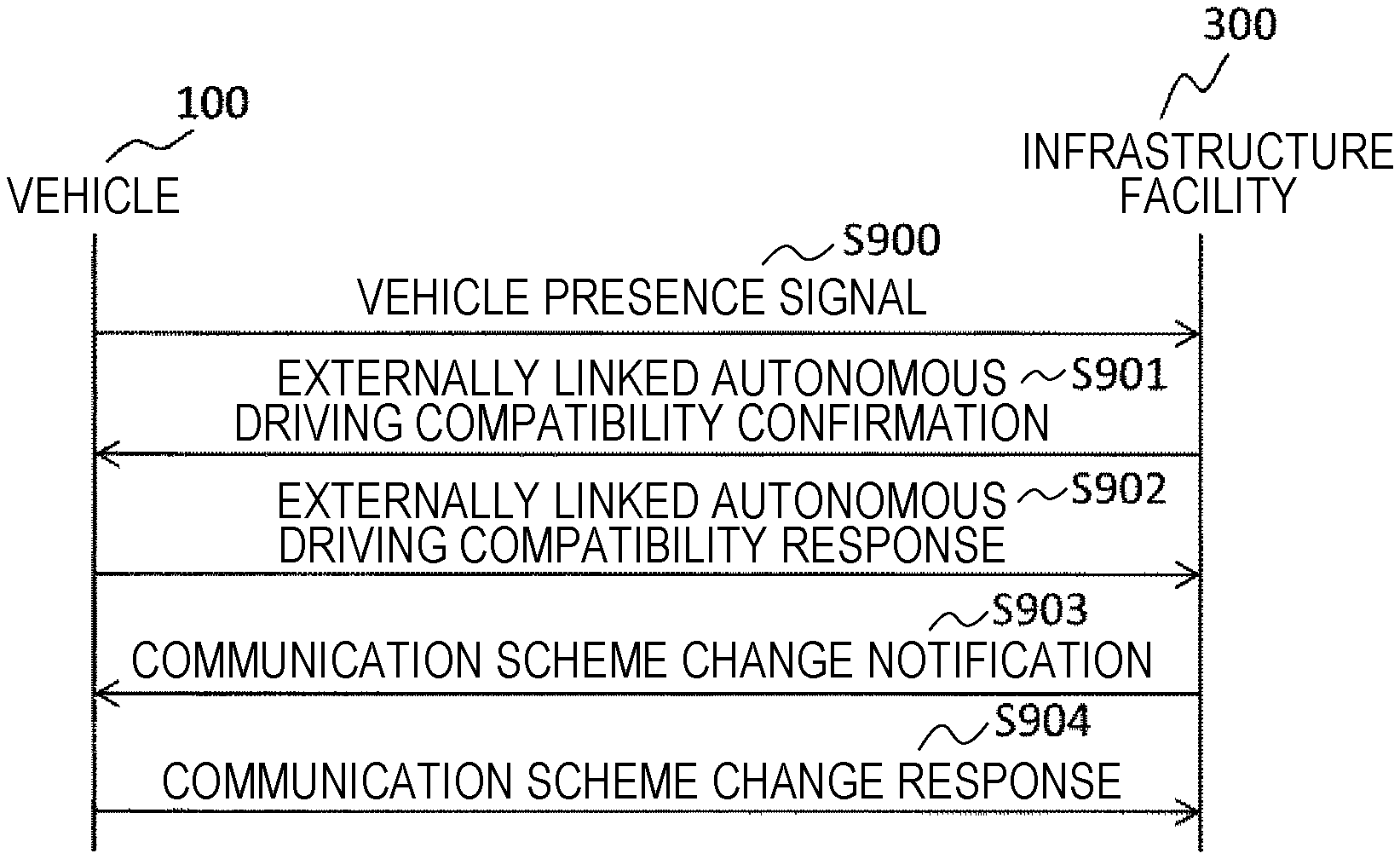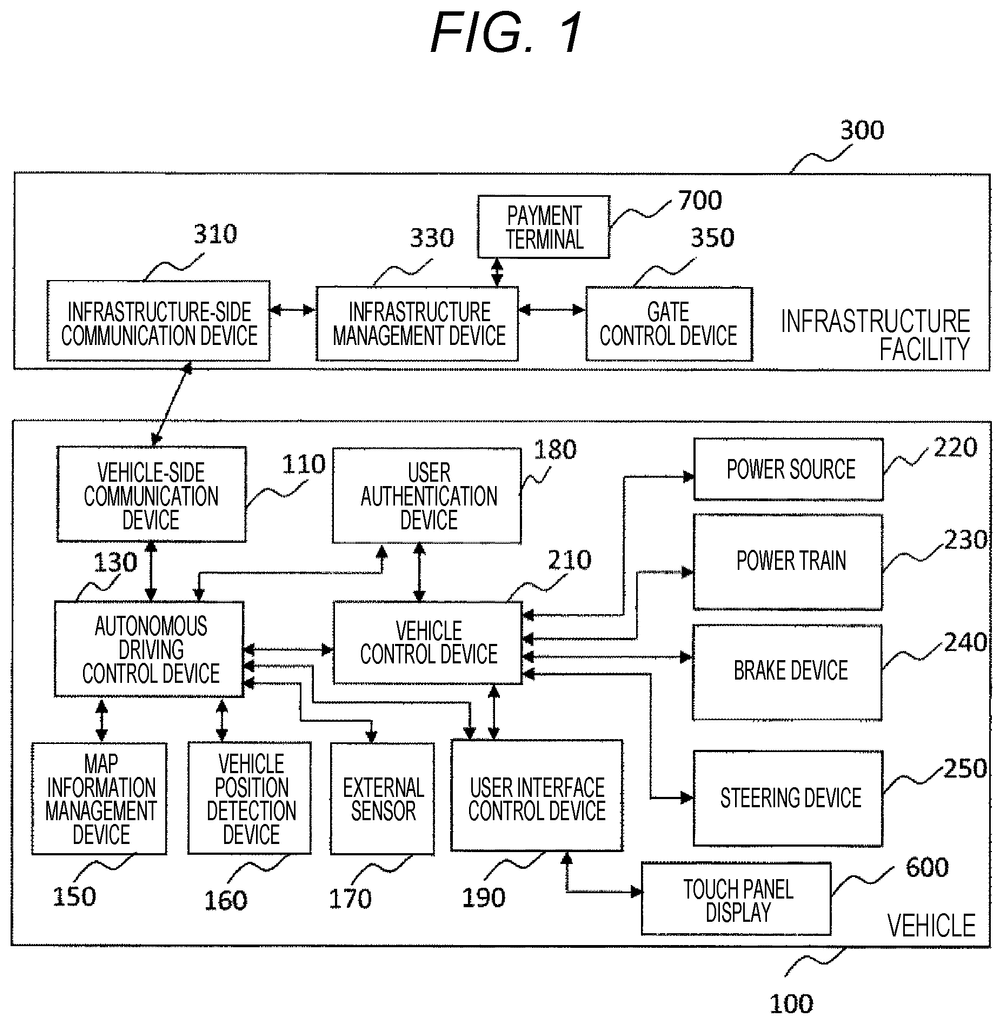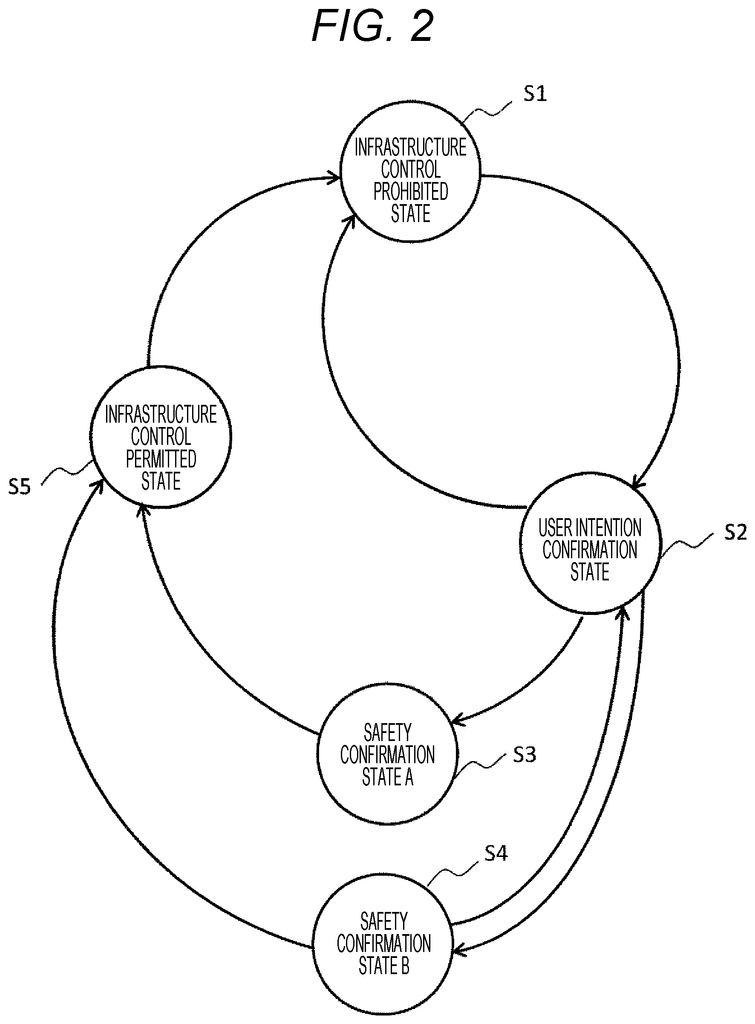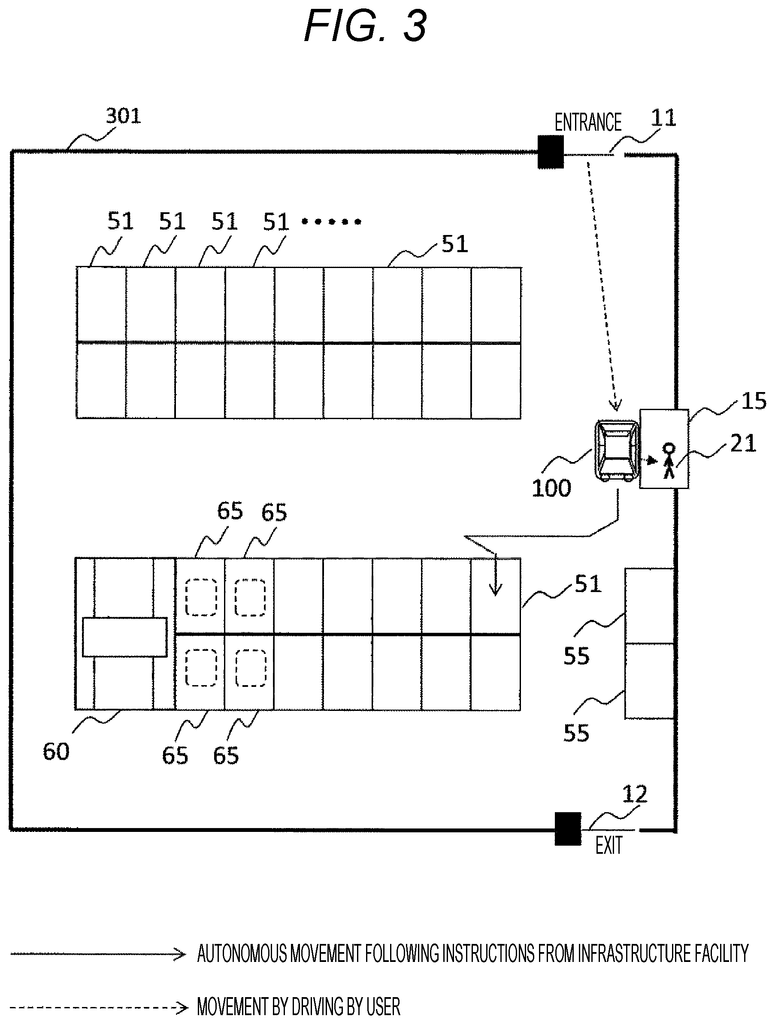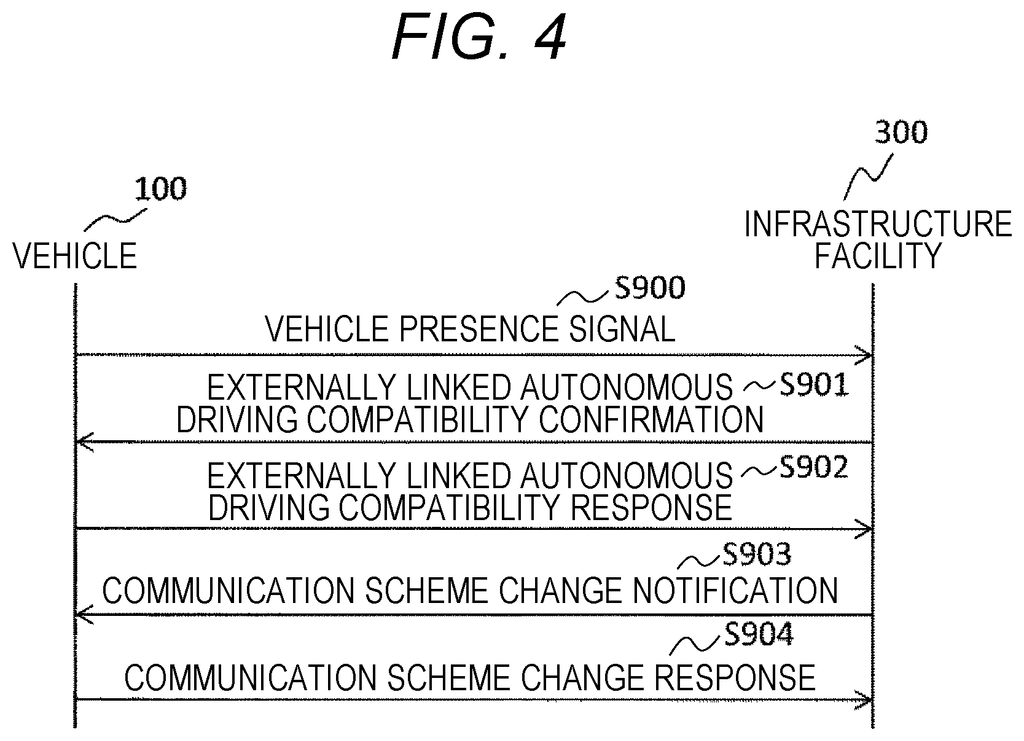Invented by Hiroaki Nakata, Hitachi Astemo Ltd
Autonomous driving control devices, also known as autonomous vehicle control systems, are the brains behind autonomous vehicles. They use a combination of sensors, cameras, and software to navigate roads and make decisions based on real-time data. These devices are essential for the safe operation of autonomous vehicles and are becoming increasingly sophisticated as technology advances.
The market for autonomous driving control devices is expected to grow significantly in the coming years. According to a report by MarketsandMarkets, the global market for autonomous driving control devices is projected to reach $94.9 billion by 2025, growing at a CAGR of 15.9% from 2020 to 2025. This growth is driven by factors such as increasing demand for safer and more efficient transportation, advancements in technology, and government initiatives to promote autonomous vehicles.
In addition to autonomous driving control devices, the market for autonomous vehicles themselves is also growing. Autonomous vehicles are vehicles that are capable of driving themselves without human intervention. They use a combination of sensors, cameras, and software to navigate roads and make decisions based on real-time data.
The market for autonomous vehicles is expected to grow significantly in the coming years. According to a report by Allied Market Research, the global autonomous vehicle market is projected to reach $556.67 billion by 2026, growing at a CAGR of 39.47% from 2019 to 2026. This growth is driven by factors such as increasing demand for safer and more efficient transportation, advancements in technology, and government initiatives to promote autonomous vehicles.
The market for autonomous vehicle control systems is also expected to grow in tandem with the market for autonomous vehicles. These systems are essential for the safe operation of autonomous vehicles and are becoming increasingly sophisticated as technology advances. According to a report by MarketsandMarkets, the global market for autonomous vehicle control systems is projected to reach $65.3 billion by 2025, growing at a CAGR of 15.6% from 2020 to 2025.
In conclusion, the market for autonomous driving control devices, autonomous vehicles, and autonomous vehicle control systems is expected to grow significantly in the coming years. With increasing demand for safer and more efficient transportation, advancements in technology, and government initiatives to promote autonomous vehicles, these markets are poised for significant growth. As technology continues to advance, we can expect to see even more sophisticated autonomous driving control devices and autonomous vehicles on our roads in the near future.
The Hitachi Astemo Ltd invention works as follows
The invention allows an infrastructure facility to temporarily obtain control authority to move an automatic driving vehicle. This will reduce security risks and allow for simple operations such as loading or unloading vehicles. This control device can be used to control a vehicle that is autonomously moving. It also includes a function for controlling vehicle movement in accordance to instructions from an outside system. The function to control the vehicle’s movement in accordance with external instructions is activated. This allows the control device to recognize the validity of an external system by communicating with it and the vehicle. It also recognizes that encrypted communication has been established with the system, recognizes that the vehicle can be moved by the user, and acknowledges that they are authorized users of the vehicle.
Background for Autonomous driving control device and autonomous vehicle, and autonomous vehicle control system
Technological advancements in autonomous mobile vehicles (or automatic driving vehicles) have made it possible to improve our technology. It is now technically possible to park and move a driverless vehicle to any location. This function could be used to provide various services and make the parking lot more efficient.
PTL 1″ describes a vehicle control system that uses an automated driving vehicle to unload a vehicle parked on a lot. It also includes information about a car wash and charging service.
PTL 2″ describes a parking area without a passage. A parking management facility issues an instruction to a vehicle to move it in order to efficiently manage the lot.
CITATION LIST
Patent Literature
PTL 1: JP2015-219811A
PTL 2 : JP 2016-66603A
Technical Problem
However, a vehicle can be moved according to instructions or information provided by infrastructure facilities such as parking management facilities. This means that an authorized user (person other than the person driving the vehicle) must move the vehicle. Security measures like burglarproofing and mischief prevention must be taken. It is important to take steps such as granting the infrastructure facility temporary authority to move the vehicle, based on consent from the authorized user. PTL 2 describes a method for such a move. This method involves transmitting a temporary password to a vehicle from a terminal, at the time of loading into the parking lot, while also communicating with the parking management facilities and performing authentication using temporary passwords, and then moving the vehicle through the parking management area.
This method, however, requires that the user terminal communicate with both the vehicle and the parking management facility. This is difficult for a simple user terminal, such as the small wireless authentication terminal that is provided to a vehicle. (A terminal that corresponds to a vehicle’s key is called a smart key or similar). The following risks are associated with the transmission of a temporary password between the user terminal and the infrastructure facility. The communication could be intercepted or the temporary password stolen. In this case, the vehicle can be controlled by the password. There is also the possibility that an entity pretending it is the infrastructure facility could intercept the communication and steal the temporary password in order to control the vehicle.
The present invention aims to allow an infrastructure facility to temporarily obtain control authority to move an automatic driving vehicle, while minimizing security risks and to perform simple operations when loading or unloading cars.
Solution to Problem
The present invention provides a method for controlling autonomously moving vehicles, with a control device that includes a function to control the vehicle’s movement in accordance to instructions from an external system. The function to control the vehicle’s movement in accordance with external instructions is activated. This allows the control device to recognize the validity of external systems by communicating with them and the vehicle. It also recognizes that encryption has been established and that the vehicle can be moved by the authorized user.
A vehicle that can move autonomously and has a function to follow instructions from an external program. The vehicle activates the function to control a movement according to instructions from an external system. It checks that encryption has been established and acknowledges that a vehicle user permits the vehicle’s movement in accordance the instructions of the external systems.
A system allows a vehicle to move independently. The system activates a vehicle’s movement by instructing it to do so.
The Advantageous Effects of Invention
The invention allows an infrastructure facility to temporarily take control of the moving of an automated driving vehicle, while minimizing security risks and to perform simple operations when loading and unloading vehicles from or to this environment.
BRIEF DESCRIPTION DES DRAWINGS
FIG. “FIG.
FIG. “FIG.
FIG. “FIG.
Click here to view the patent on Google Patents.
